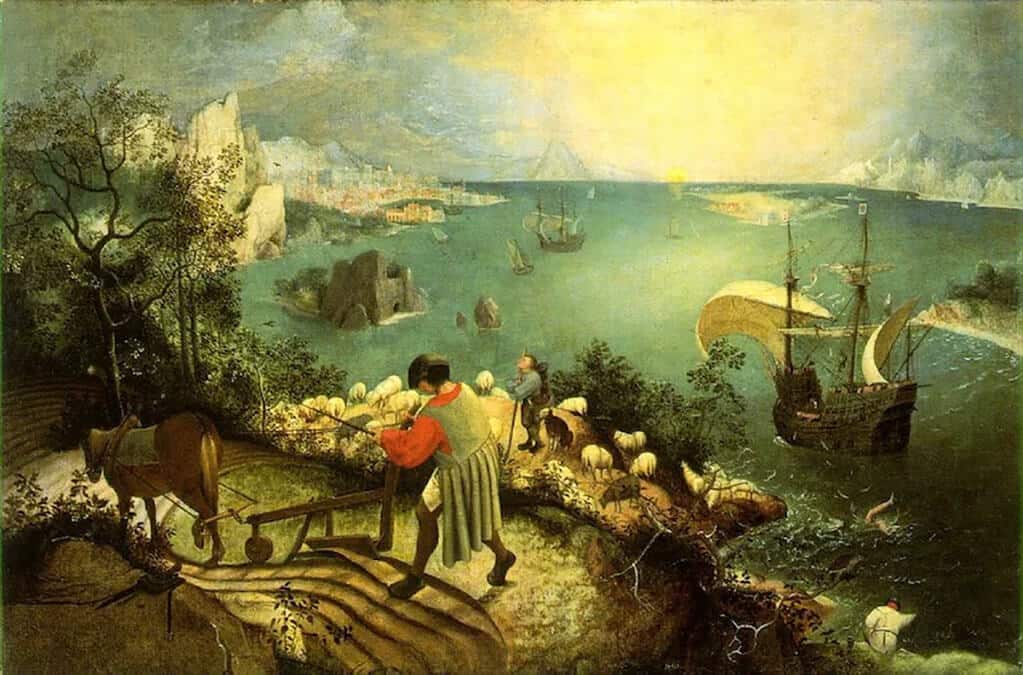NEW IB ENGLISH LITERATURE COURSE BD SOMANI INTERNATIONAL SCHOOL MUMBAI. EMAIL andrew.callahan@bdsint.org (Please note this site uses Google cookies in compliance with EU Law. By using this site you accept that cookies are used here.)
Tuesday, 29 January 2019
Wednesday, 23 January 2019
Introduction to Moliere
FIRST RESOURCE
https://www.theatrefolk.com/blog/introduction-to-moliere/

SECOND RESOURCE
The Neoclassical Form and Ideals
https://timetourclassicaltheatre.weebly.com/study-guide-french-neoclassical-theatre.html
Neoclassicism was a movement involving all forms of art (theatre, literature, and architecture) in which the artist drew upon Classic Greek and Roman models as examples of perfection. Neoclassical theatre observed a strict adherence to the unity of time, place, and action and also placed importance on decorum and verisimilitude (true to life) in playwriting. During the 16th and 17th centuries civil wars and unrest interrupted the development of French theatre. It was not until the mid 17th century that stability returned and French theatre was able to progress. Most French theatre during the 16th century was tied to its medieval heritage of mystery and morality plays but the humanist movement and the access to ancient writers such as Seneca, Euripides, and Aristophanes enabled French theatre to progress. Neoclassical theatre became associated with grandiosity; costumes, scenery and stages were altered to fit with these new ideals. Cardinal Richelieu, Louix XIII’s Prime Minister advocated the adoption of proscenium stages and attempted to establish some standards for French literature, many of his ideas came from Italy. The French neoclassicists recognized only two genres of drama, tragedy and comedy and the two forms could never be mixed. Verisimilitude in play-writing meant that the supernatural was forbidden on stage and the goal of drama was to teach. Neoclassical productions often had special effects and sound effects with elaborate staging. At the end of the 16th century various forms of performance from Italy were also shown on the stages of France including Commedia dell’arte and pastorals.
THIRD RESOURCE NORTHERN STATE UNIVERSITY
http://www3.northern.edu/wild/th100/CHAPT13C.HTM
E-mail questions and comments to Larry Wild at wildl@northern.edu.
Last updated: November 3, 2011
Copyright © 1995-2011 by Larry Wild, Northern State University, Aberdeen, SD 57401
Poems inspired by paintings - Musée des Beaux Arts, W.H. Auden

Musée des Beaux Arts, W.H. Auden
About suffering they were never wrong,
The Old Masters: how well they understood
Its human position; how it takes place
While someone else is eating or opening a window or just walking dully along;
How, when the aged are reverently, passionately waiting
For the miraculous birth, there always must be
Children who did not specially want it to happen, skating
On a pond at the edge of the wood:
They never forgot
That even the dreadful martyrdom must run its course
Anyhow in a corner, some untidy spot
Where the dogs go on with their doggy life and the torturer’s horse
Scratches its innocent behind on a tree.In Brueghel’s Icarus, for instance: how everything turns away
Quite leisurely from the disaster; the plowman may
Have heard the splash, the forsaken cry,
But for him it was not an important failure; the sun shone
As it had to on the white legs disappearing into the green
Water; and the expensive delicate ship that must have seen
Something amazing, a boy falling out of the sky,
Had somewhere to get to and sailed calmly on.
Click below here for this wonderful linking of poetry and visual art:
https://fisunguner.com/listed-poems-inspired-by-paintings/
Friday, 11 January 2019
Sunday, 6 January 2019
Subscribe to:
Comments (Atom)
-
Using this video and the AFTERWORD in "DEATH AND THE MAIDEN", each student will post a comment of 100 to 150 words on the quest...
-
Well done everyone who has commented! I will be in Room 9 tomorrow Tuesday if you need to see me during lunch break. You can also talk ...
-
'In The Line of Fire" by Pervez Musharaff and "The Attack" by Yasmina Khadra, "The White Tiger" by Aravind Adi...
